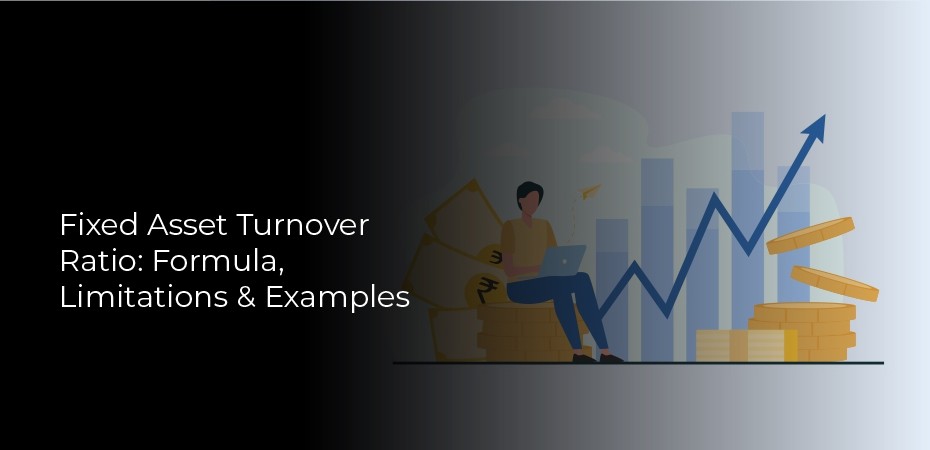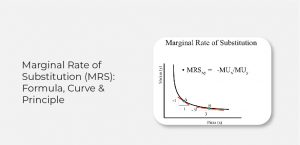The fixed asset turnover ratio measures a company’s ability to generate sales from its fixed assets. This ratio is calculated by dividing the company’s sales by its average fixed assets. The higher the ratio, the more efficiently the company is using its assets to generate sales.
The fixed asset turnover ratio can be used to measure a company’s efficiency and performance. A high ratio may indicate that the company is able to generate more sales from its existing assets. This could be a sign of good management and efficient operations. A low ratio, on the other hand, may suggest that the company is not using its assets efficiently or that it needs to invest in additional assets to generate more sales.
The fixed asset turnover ratio can provide insights into a company’s operations and performance. It is an important metric for investors and analysts who want to understand how well a company is utilizing its resources.
Fixed Asset Turnover Ratio Formula
The fixed asset turnover ratio formula measures a company’s efficiency in using its assets to generate sales. This ratio is computed by dividing net sales by average fixed assets.
A high fixed asset turnover ratio is generally indicative of a company that is using its assets efficiently to generate sales. Conversely, a low fixed asset turnover ratio may indicate that a company is not utilizing its assets to their fullest potential.
Fixed Asset Turnover = Net Sales / Average Fixed Assets
There are several factors that can affect a company’s fixed asset turnover ratio, including the type and age of its assets, the industry in which it operates, and the company’s overall sales volume.
It is important for companies to monitor their fixed asset turnover ratios as they can provide insight into how efficiently the company is operating.
Interpreting the Fixed Asset Turnover Ratio
The fixed asset turnover ratio is a measure of how efficiently a company is using its fixed assets to generate revenue. The higher the ratio, the more efficiently the company is using its assets. This can be a useful measure for investors to assess a company’s performance.
There are several factors that can affect the fixed asset turnover ratio. For example, if a company sells a division or discontinues a product line, it will have lower revenue and, thus, a lower ratio. In addition, if the company has made recent acquisitions or launched new products, its revenue may be higher than normal, which would also lead to a higher ratio.
Investors should interpret the fixed asset turnover ratio in light of other ratios and metrics.
Difference Between the Fixed Asset Turnover Ratio and the Asset Turnover Ratio
One of the most important ratios in financial analysis is the asset turnover ratio. This measures how efficiently a company is using its assets to generate sales. The formula for the asset turnover ratio is:
The numerator is sales and the denominator is assets. There are two types of assets that can be used in this calculation: current and fixed. The fixed asset turnover ratio measures how efficiently a company is using its fixed assets to generate sales. The formula for the fixed asset turnover ratio is:
Fixed Asset Turnover = Net Sales / Average Fixed Assets
The numerator is sales and the denominator is fixed assets. Both ratios are important metrics, but they measure different things. The asset turnover ratio measures how efficiently a company is using all of its assets, both current and fixed. The fixed asset turnover ratio measures how efficiently a company is using its fixed assets to generate sales.
Limitations of Using the Fixed Asset Ratio
The fixed asset ratio is a popular tool used by businesses to measure their financial health. This ratio measures the total value of a company’s fixed assets, such as property and equipment, against its total liabilities. While this ratio can provide useful insights, it has several limitations.
- First, the fixed asset ratio does not take into account a company’s current liabilities, such as accounts payable and short-term debt. This can give businesses a false sense of security if their liabilities are high relative to their assets.
- Second, the fixed asset ratio does not account for the depreciation of assets over time. As assets age and wear down, they lose value and should be factored into this ratio.
- Third, the fixed asset ratio can be misleading when used in isolation.



